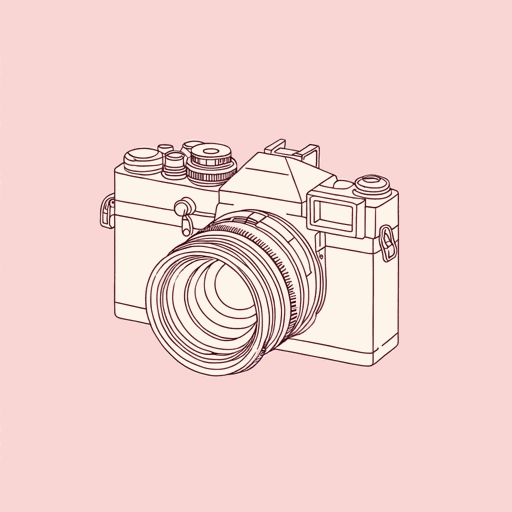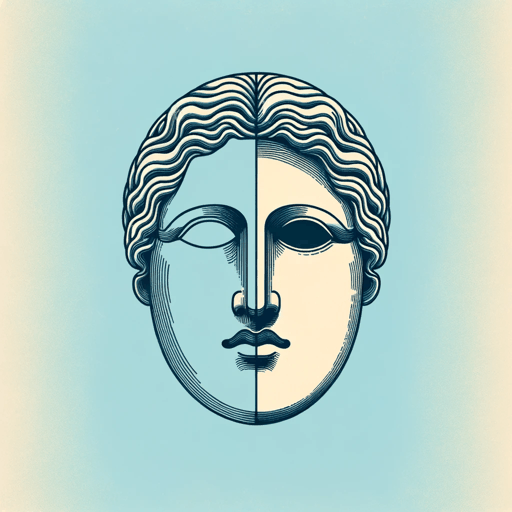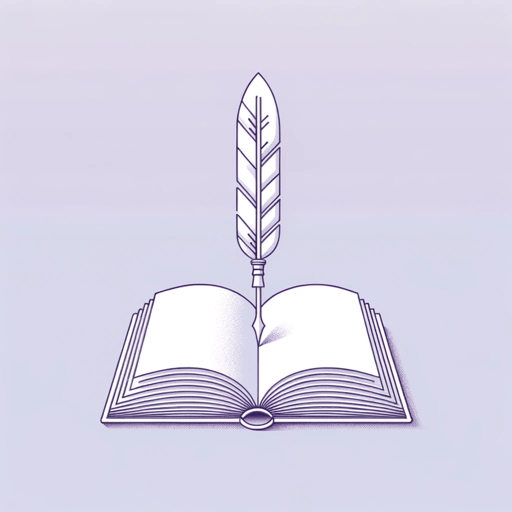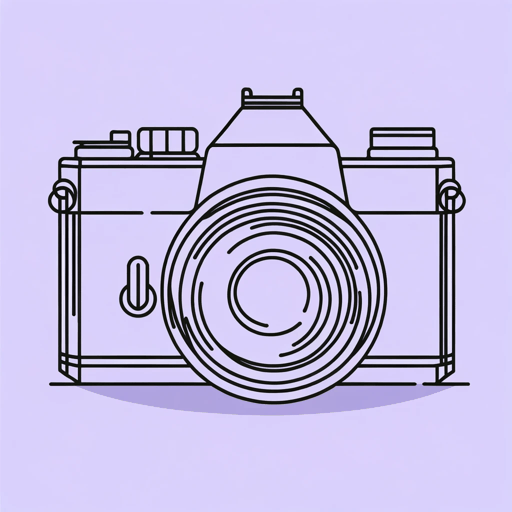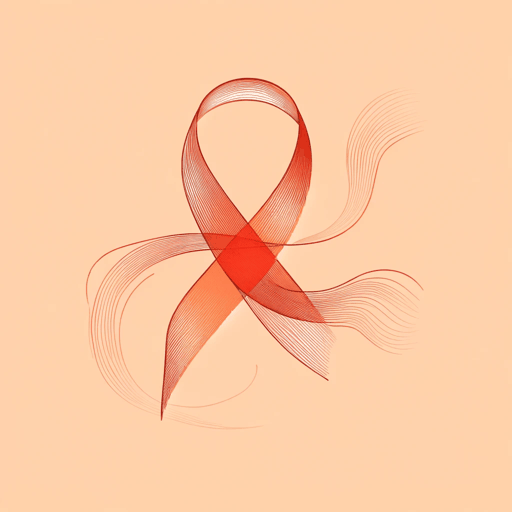32 pages • 1 hour read
Susan SontagRegarding the Pain of Others
Nonfiction | Essay / Speech | Adult | Published in 2003A modern alternative to SparkNotes and CliffsNotes, SuperSummary offers high-quality Study Guides with detailed chapter summaries and analysis of major themes, characters, and more.
Symbols & Motifs
Firsts in War Photography
A subtle but hands-on way in which Sontag organizes her extended essay about how we look at the pain of others is to provide a series of “first time” references throughout her work. While they do not necessarily follow a historical timeline, they do follow the themes of her argument as she develops it. However, these references do something more: they show us just how recent war photography is in the evolution of art and technology, and how it came to differ from other expressions of appalling, massive attacks on our lives.
The first major wars for which there exist accounts by photographers are the Crimean War and the American Civil War, even though it wasn’t until after World War I that cameras could capture combat (20). The then-new. lightweight Leica camera, using 35mm film and catching 36 shots before it needed to be reloaded, made the Spanish Civil War (1936-39) the first to be “covered” by professionals working at the front line (21).
By 1945, when photographers could use portable cameras with range finders and multiple lenses that gave them clarity from a distance, it was the first time they could surpass the power of narrative to “define, not merely record,” events at Bergen-Belsen, Buchenwald, and Dachau, as well as Hiroshima and Nagasaki (24-25).
Related Titles
By Susan Sontag
